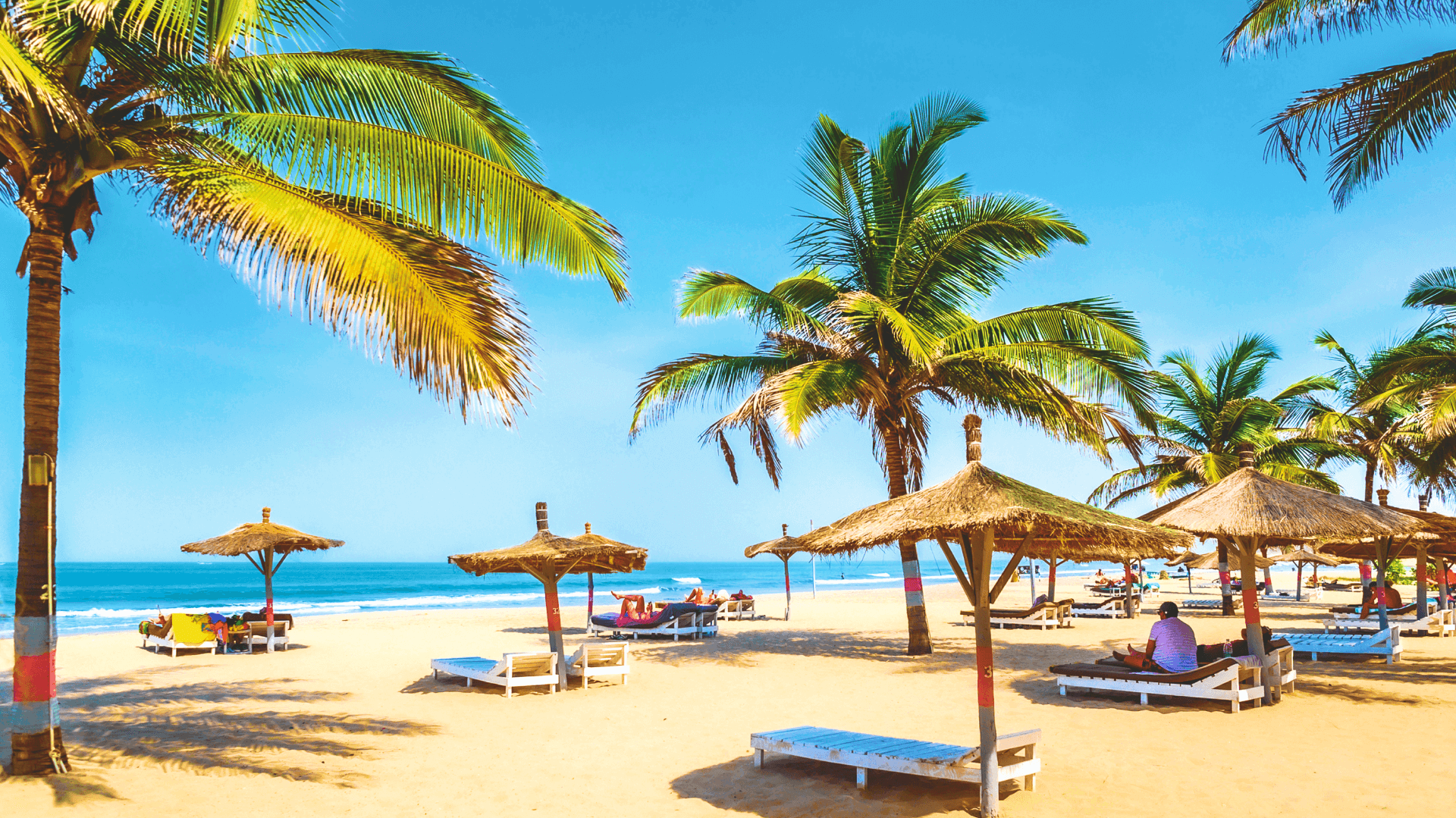Gambia, known as the “Smiling Coast of Africa,” is a vibrant and welcoming country located on the west coast of the continent. With its stunning riverine landscapes, beautiful beaches, and rich cultural heritage, the Country offers visitors a unique blend of natural beauty and cultural experiences.
The Gambia River flows through the heart of the country, shaping its history and providing a lifeline for its people. From bustling markets to tranquil wildlife reserves, the Country invites travelers to explore its diverse attractions and experience the warmth of its people. As you journey through this enchanting nation, you’ll discover the charm of its landscapes and the richness of its traditions.
Table of Contents
Geography
Gambia is the smallest country on the African mainland, covering an area of approximately 11,295 square kilometers. It is located on the western coast of Africa and is bordered by Senegal on three sides, with the Atlantic Ocean to the west. The country is characterized by its unique geography, primarily shaped by the Gambia River, which flows from the interior to the Atlantic Ocean, creating a fertile delta region.
The landscape of Gambia is diverse, featuring savannas, mangroves, and coastal wetlands. The Gambia River is the dominant feature of the country, providing vital resources for agriculture, fishing, and transportation. The country experiences a tropical climate, with a wet season from June to October and a dry season from November to May. This climate supports a variety of ecosystems, making Gambia rich in biodiversity and home to numerous bird species and wildlife.
States of Gambia
The Gambia is divided into five administrative regions and one city. These regions are often referred to as divisions rather than states. The regions are:
- Banjul (the capital city)
- Kanifing
- Western Region
- North Bank Region
- Lower River Region
- Central River Region
- Upper River Region
So, while The Gambia does not have states, it has five regions and one city, Banjul.
History
The country has a rich history that dates back thousands of years, with evidence of ancient civilizations inhabiting the region. The area was inhabited by various ethnic groups, including the Mandinka, Wolof, and Fula, who developed rich cultural traditions and trade networks.
In the 15th century, European explorers arrived, and the region became a significant part of the transatlantic slave trade. The British established a settlement in Banjul in 1816, and Gambia became a British colony in the 19th century. The slave trade had a devastating impact on the local populations, but Gambia remained an important trading post throughout this period.
Gambia gained independence from British colonial rule on February 18, 1965, becoming a republic in 1970. Sir Dawda Kairaba Jawara served as the first president of Gambia, leading the country through its early years of independence. The country experienced periods of political instability, culminating in a coup in 1994 when Yahya Jammeh seized power. Jammeh’s rule was marked by human rights abuses and political repression.
In 2017, following a disputed election, Jammeh was ousted and Adama Barrow became the new president. Barrow’s government has since focused on promoting democracy, human rights, and economic development while working to heal the wounds of the past.
Top Ten Must-Visit Destinations
1. Banjul
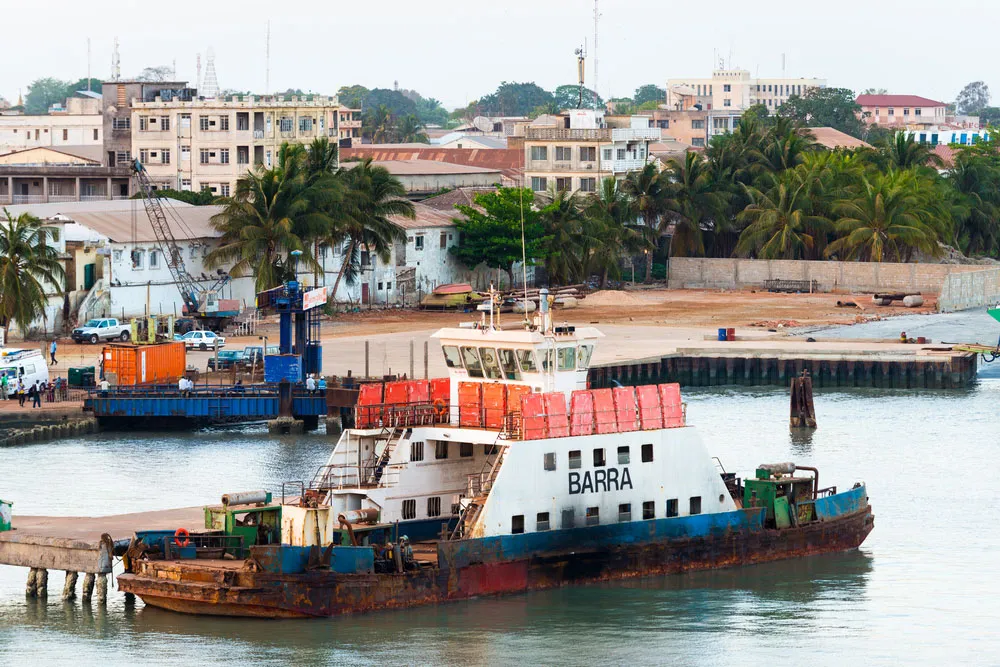
Banjul, the capital city of Gambia, is a vibrant hub of culture and history. Located on St. Mary’s Island at the mouth of the Gambia River, Banjul offers attractions such as the Arch 22 monument, the National Museum, and lively markets. Visitors can enjoy the city’s waterfront and explore its rich colonial heritage.
2. Kotu Beach
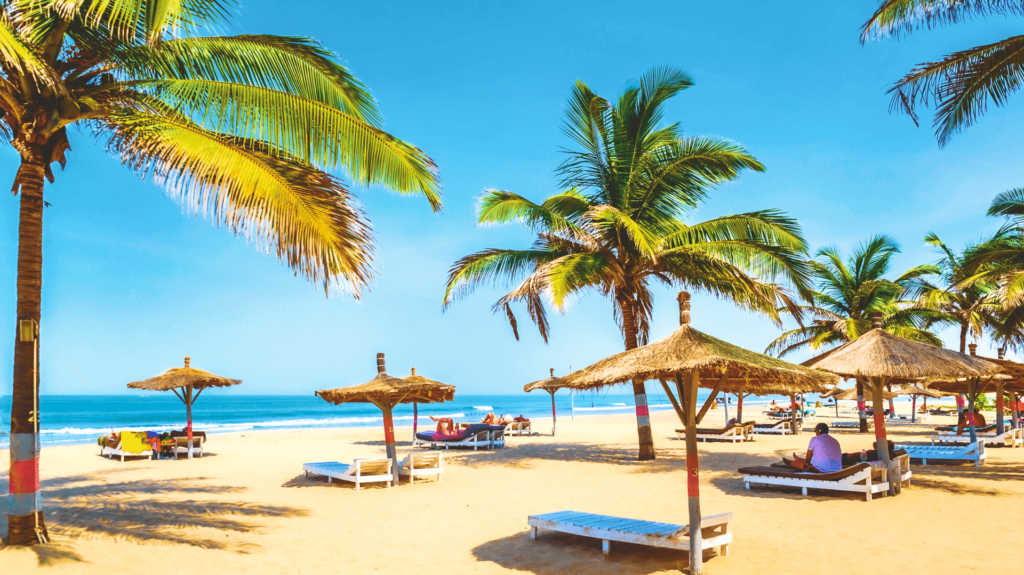
Kotu Beach is one of Gambia’s most popular destinations for sunbathers and water sports enthusiasts. With its golden sands and inviting waters, the beach is perfect for relaxation and adventure. Visitors can enjoy activities like swimming, surfing, and beach volleyball while indulging in delicious seafood from local beachside restaurants.
3. Abuko Nature Reserve

Abuko Nature Reserve is a hidden gem for wildlife lovers. Located just a short drive from Banjul, this protected area is home to diverse flora and fauna, including monkeys, crocodiles, and various bird species. Visitors can explore the reserve through well-maintained trails and enjoy guided walks to observe the rich biodiversity.
4. Tanji Village
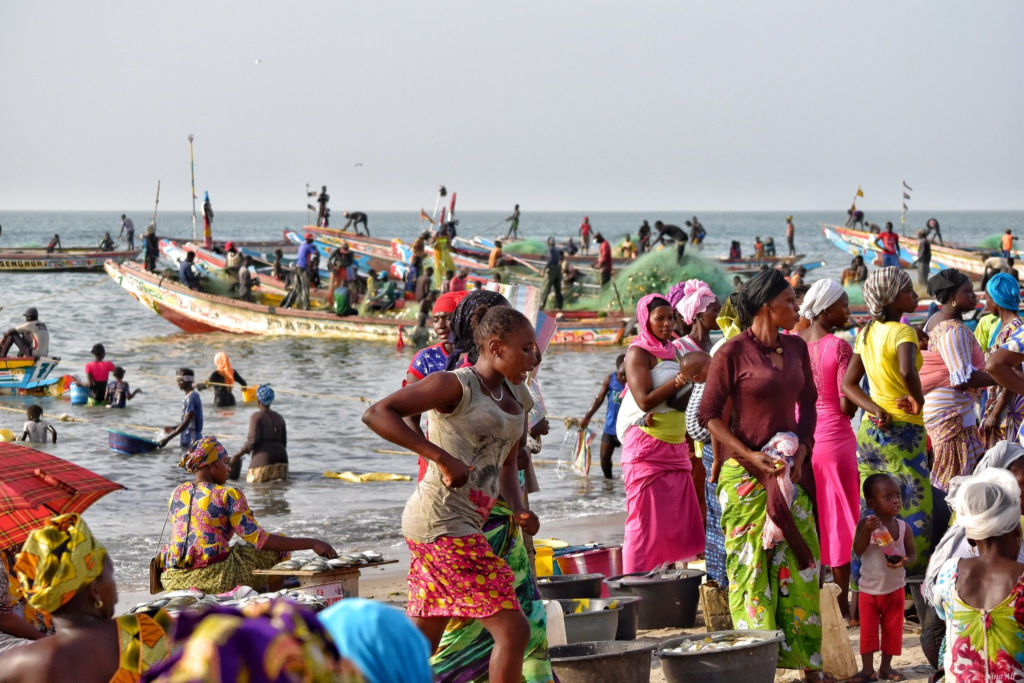
Tanji Village is a charming fishing village known for its traditional way of life. Visitors can witness the local fishing practices, explore the vibrant market, and enjoy freshly caught seafood at beachside restaurants. The village also offers opportunities to interact with the friendly locals and learn about their culture and traditions.
5. Serrekunda
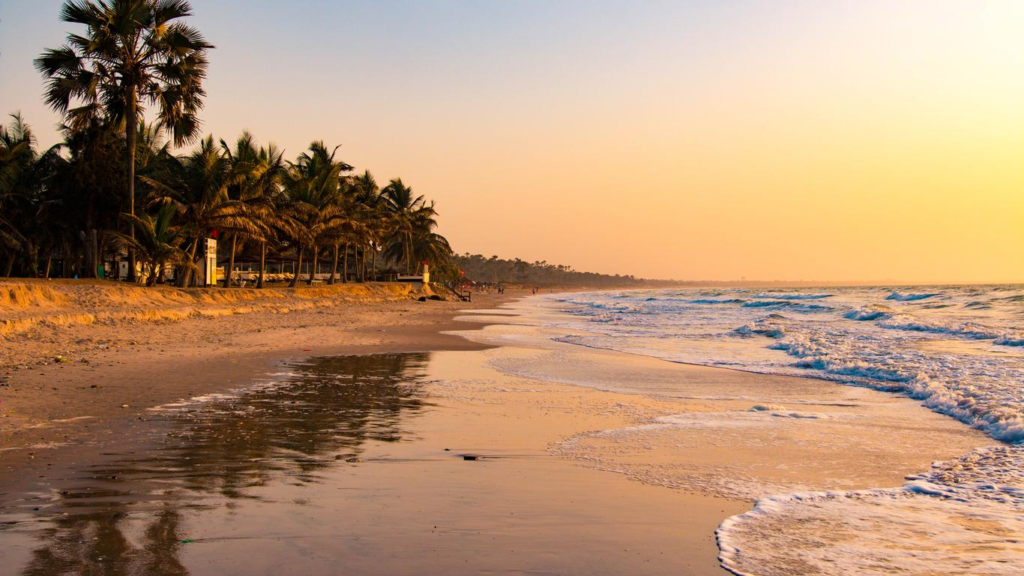
Serrekunda is the largest city in Gambia and a bustling commercial center. Visitors can explore local markets, vibrant street life, and a variety of shops selling traditional crafts and textiles. The lively atmosphere and friendly locals make Serrekunda a great place to experience the authentic Gambian lifestyle.
6. Makasutu Culture Forest
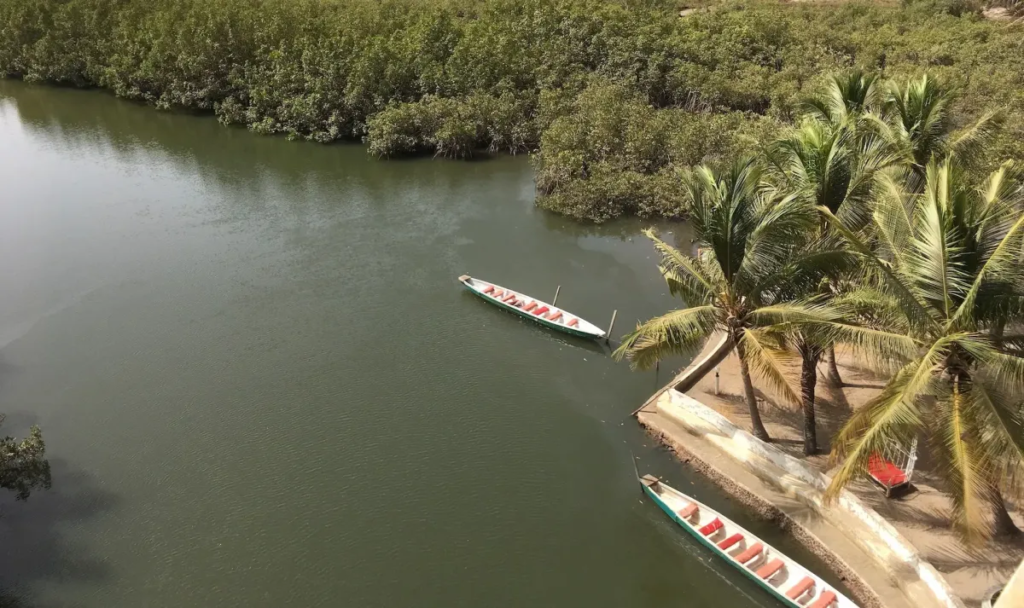
Makasutu Culture Forest is a unique eco-tourism destination that combines nature and culture. Visitors can take guided tours through the lush forest, learn about local traditions, and enjoy activities such as canoeing, birdwatching, and cultural performances. The forest is home to diverse wildlife and offers a serene escape from the bustling city.
7. Jufureh

Jufureh is a historically significant village known for its connection to the transatlantic slave trade. Visitors can explore the village, visit the famous Kunta Kinteh Island, and learn about the history of the slave trade through informative exhibits. The site is a powerful reminder of the resilience of the Gambian people.
8. Bijilo Forest Park
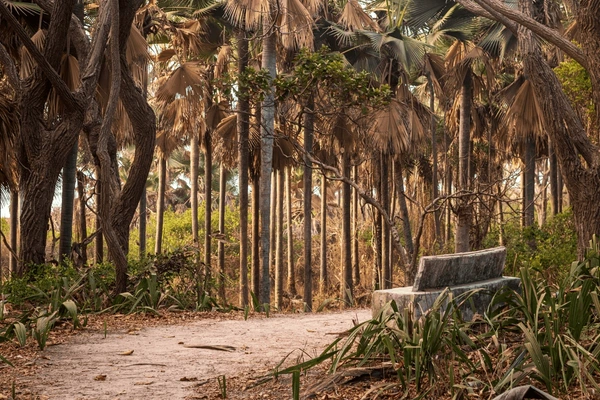
Bijilo Forest Park, also known as the Monkey Park, is a protected area that showcases Gambia’s unique wildlife and lush vegetation. The park is home to various species of monkeys, birds, and butterflies. Visitors can enjoy walking trails through the forest and observe the playful monkeys in their natural habitat.
9. Banjulinding
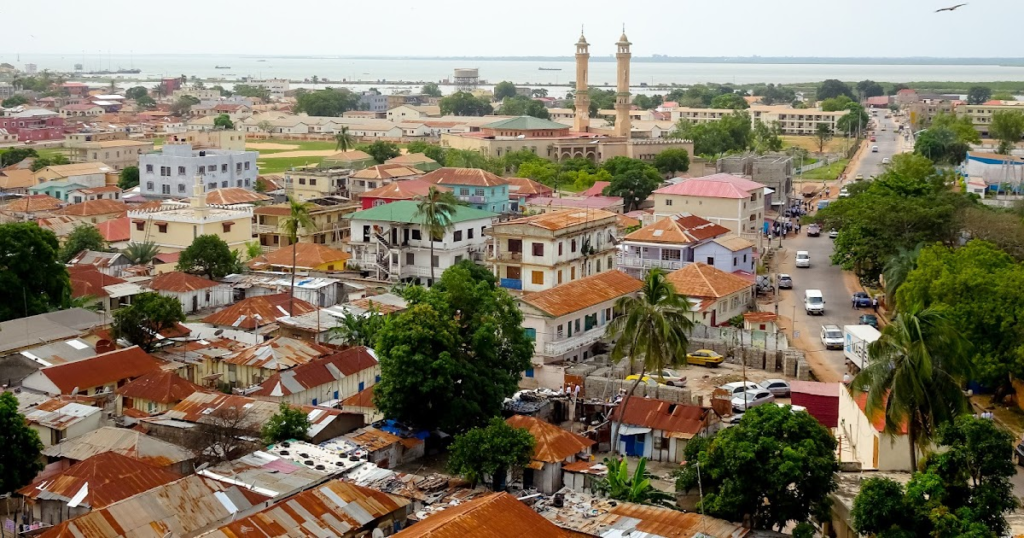
Banjulinding is a charming village that offers a glimpse into traditional Gambian life. Visitors can explore local crafts, participate in community activities, and learn about the culture of the Mandinka people. The village’s warm hospitality and cultural richness make it a memorable destination for travelers.
10. Kartong
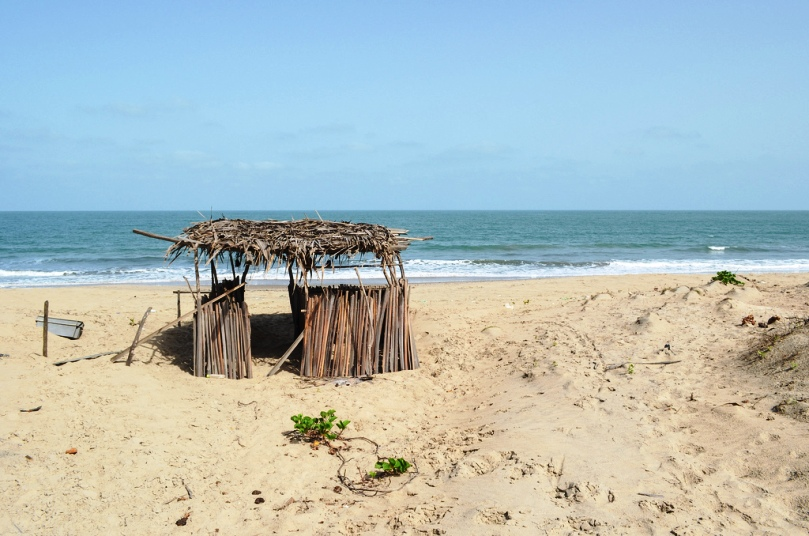
Kartong is a picturesque coastal village located near the southern border of The country. The village is known for its beautiful beaches and tranquil atmosphere. Visitors can enjoy relaxing by the sea, exploring local markets, and experiencing the vibrant culture of the coastal communities.
Culture
The country is known for its rich cultural heritage, shaped by various ethnic groups, including the Mandinka, Wolof, and Fula. The country’s diverse cultures are reflected in its languages, music, dance, and art. English is the official language, but many indigenous languages, such as Mandinka and Wolof, are widely spoken.
Traditional music and dance play a significant role in Gambian culture, with genres such as kora music, performed with the kora, a traditional stringed instrument. The vibrant cultural scene comes alive during festivals and celebrations, where traditional dances and music performances showcase the country’s artistic talents.
Gambian cuisine is influenced by the country’s agricultural practices and local ingredients. Dishes often feature rice, fish, chicken, and vegetables, with popular meals including domoda (peanut stew) and benachin (jollof rice). Meals are typically enjoyed communally, reflecting the strong sense of community and hospitality in Gambian culture.
Festivals
The country hosts a variety of festivals throughout the year, celebrating its rich cultural heritage and traditions. One of the most significant festivals is the Roots Festival, held every two years to commemorate the legacy of Kunta Kinteh and the history of the transatlantic slave trade. The festival includes cultural performances, traditional music, and exhibitions that promote awareness of Gambian history and heritage.
Another important celebration is the Eid al-Fitr, marking the end of Ramadan. This festive occasion is celebrated with prayers, feasting, and communal gatherings, bringing families and communities together in joy and gratitude.
The Gambia International Film Festival is also a prominent event that showcases local and international films, promoting the country’s burgeoning film industry and providing a platform for filmmakers and artists to share their work.
Economy
Gambia’s economy is primarily based on agriculture, tourism, and remittances. Agriculture plays a crucial role in the livelihoods of many Gambians, with crops such as groundnuts, millet, and rice being cultivated for both domestic consumption and export. Groundnuts, in particular, are a significant cash crop and contribute to the country’s economy.
Tourism is another vital sector, attracting visitors to Gambia’s beautiful beaches, wildlife reserves, and cultural experiences. The government has invested in developing the tourism industry, promoting eco-tourism and cultural tourism as key components of its economic strategy.
Remittances from Gambians living abroad also contribute significantly to the economy, providing essential support for families and communities. The government aims to diversify the economy and improve infrastructure to enhance economic growth and development.
Cuisine
Gambian cuisine is a delightful fusion of flavors and ingredients, heavily influenced by local agricultural practices and cultural traditions. Rice is a staple food, often served with a variety of stews, sauces, and grilled meats. Domoda, a peanut-based stew, is a popular dish that reflects the use of groundnuts in Gambian cooking.
Fish is also a significant component of Gambian cuisine, with fresh catches from the Atlantic Ocean providing a delicious variety of options. Benachin, a flavorful one-pot dish made with rice, fish, and vegetables, is a favorite among locals and visitors alike.
Traditional meals are typically enjoyed communally, emphasizing the importance of togetherness and sharing in Gambian culture. The use of spices, fresh ingredients, and traditional cooking methods results in a rich culinary experience that showcases the country’s diverse flavors.
Top Eight Most Famous Food

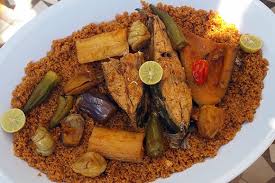

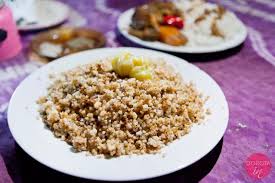
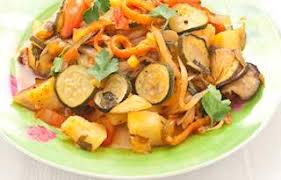
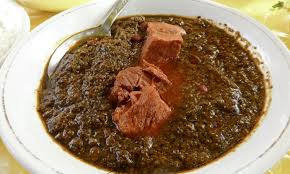
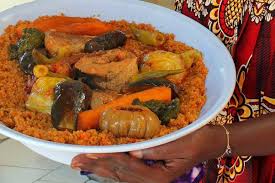

Interesting Facts
- Gambia is the smallest country on the African mainland.
- The Gambia River is the country’s most significant geographical feature, providing vital resources for agriculture and transportation.
- Gambia is known as the “Smiling Coast of Africa” due to its friendly people and beautiful coastline.
- The country has a rich cultural heritage, with over 20 different ethnic groups and languages.
- Kunta Kinteh Island, located in the Gambia River, is a UNESCO World Heritage Site and a significant historical landmark.
- The country is famous for its vibrant music scene, particularly traditional kora music.
- Gambia’s national bird, the African fish eagle, is known for its distinctive call and hunting skills.
- The country celebrates Independence Day on February 18th each year.
- Gambia is home to the largest concentration of migratory birds in Africa, attracting birdwatchers from around the world.
- The capital city, Banjul, is located on an island at the mouth of the Gambia River.
Conclusion
Gambia is a captivating destination that offers a unique blend of natural beauty, rich culture, and warm hospitality. From the stunning landscapes along the Gambia River to the vibrant markets and traditional music, The country invites travelers to explore its diverse attractions and experience the essence of West Africa. As you journey through this enchanting nation, you’ll create lasting memories and discover the charm of the “Smiling Coast of Africa.”
let’s enjoy few years on earth with peace and happiness….✍🏼🙏

